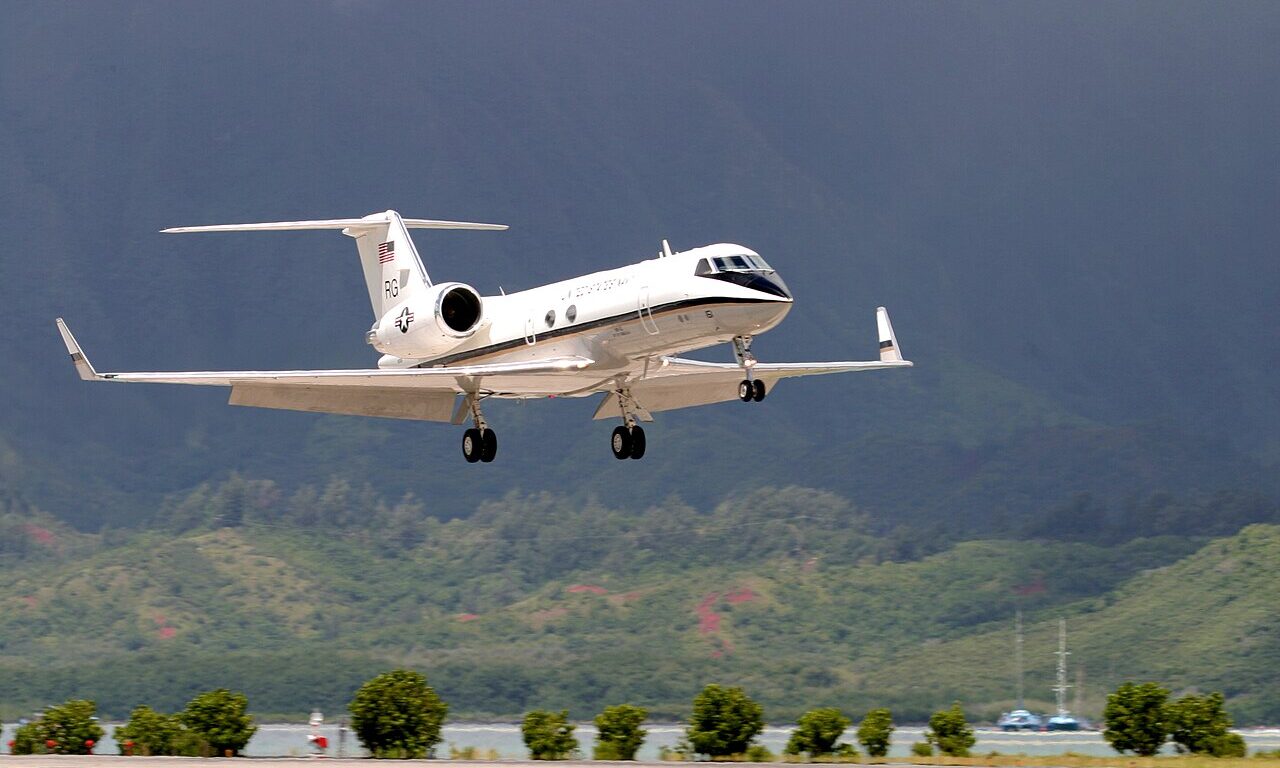When embarking on the journey to become a pilot, one quickly realizes that aviation is not just about soaring gracefully through the skies; it’s about mastering a series of complex maneuvers that demand skill, precision, and unwavering attention to detail. Among these maneuvers, the “touch and go” stands out as an essential skill that every aspiring pilot must conquer during their primary flight training.
The touch and go is a variation of the standard landing procedure that is practiced more frequently than any other maneuver in flight training. Unlike a conventional landing where the aircraft comes to a complete stop on the runway, the touch and go is a seamless transition from landing to taking off once again. It’s a maneuver that resembles a modified go-around, designed to train pilots for the dynamic and unpredictable nature of real-world aviation.
In the blink of an eye, a touch and go requires the pilot to execute a series of critical actions in rapid succession. These tasks include adding full power, maintaining precise control of the aircraft, lifting off the runway, possibly retracting flaps, initiating the climb phase, and retrimming the airplane. However, the single most important element throughout this maneuver is maintaining absolute control of the aircraft.
Failure to maintain control during the “go” part of the touch and go can result in dire consequences. A momentary lapse of attention, such as neglecting to apply enough right rudder, can lead to the aircraft veering off the side of the runway. Neglecting to retrim the aircraft can induce a power-on stall, an undesirable and potentially dangerous situation. Furthermore, improper retraction of flaps, such as retracting them all at once, can result in a sudden descent that can be unsettling when you’re attempting to climb away from the runway.
To emphasize the importance of maintaining control and ensuring a smooth transition from landing to takeoff, many flight instructors introduce their students to full-stop landings before tackling touch and goes. These full-stop landings instill in learners the significance of maintaining directional control of the aircraft and thoroughly “cleaning up” the aircraft after landing.
“Cleaning up” refers to the process of retracting flaps, raising the landing gear (if the aircraft has retractable landing gear), and ensuring that the aircraft is configured for the climb phase. Rushing through this process is a mistake no pilot should make, especially when flying an aircraft equipped with retractable landing gear.
There have been instances where over-eager pilots initiated the “go” phase too hastily. In these cases, retracting the flaps while the landing gear is still in transit can result in increased drag, causing the aircraft to settle back onto the runway without its landing gear—commonly referred to as a belly landing. This is a situation that no pilot ever wants to experience, as it can lead to significant damage to the aircraft and pose serious safety risks.
The touch and go is a fundamental maneuver in a pilot’s training journey, serving as a bridge between landing and takeoff. While it may seem straightforward, it demands a high level of skill and precision to execute safely. The key to mastering this maneuver lies in maintaining strict control of the aircraft, ensuring a smooth transition, and never rushing through the cleanup phase. By understanding the intricacies of the touch and go, future pilots can hone their skills and develop the confidence needed to handle the challenges of aviation with grace and expertise.

